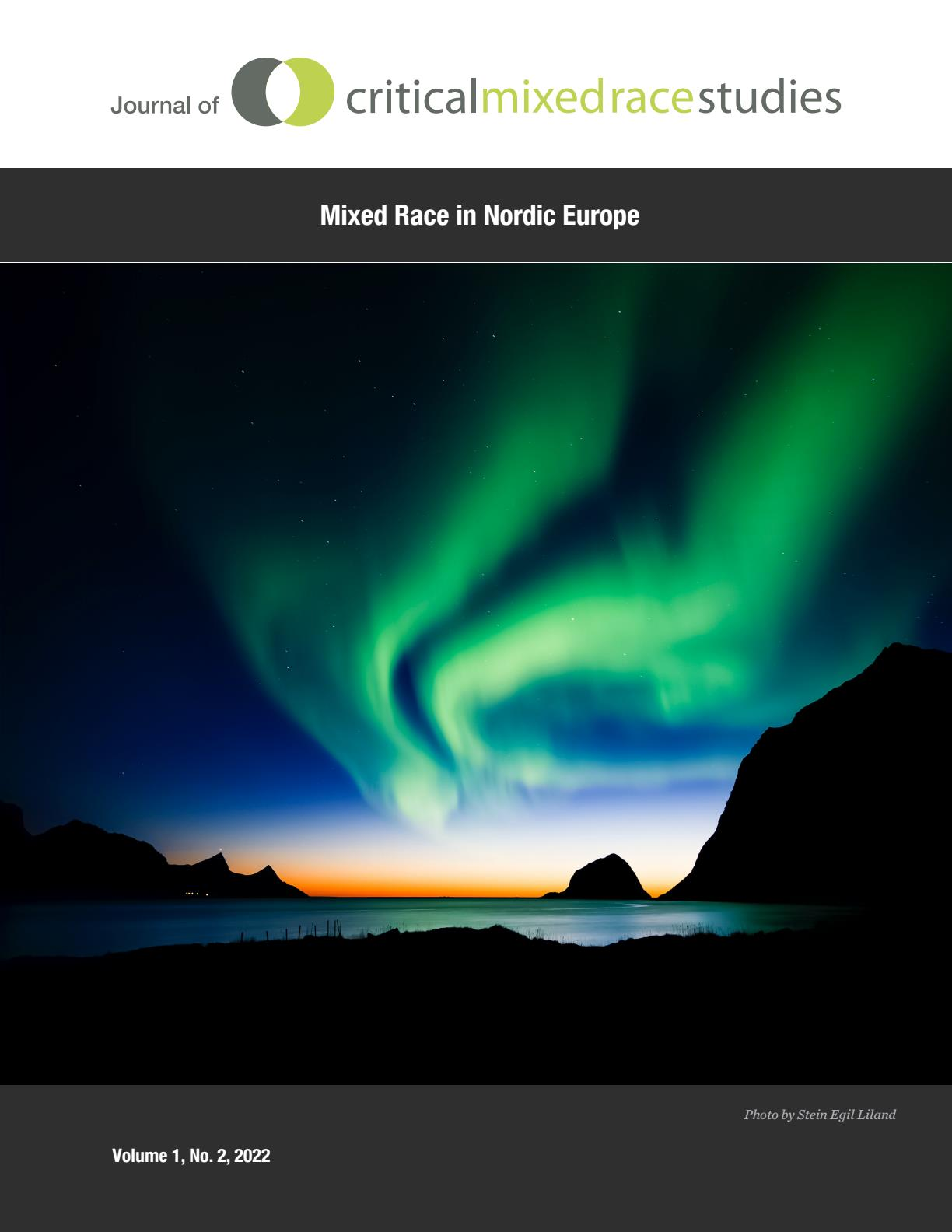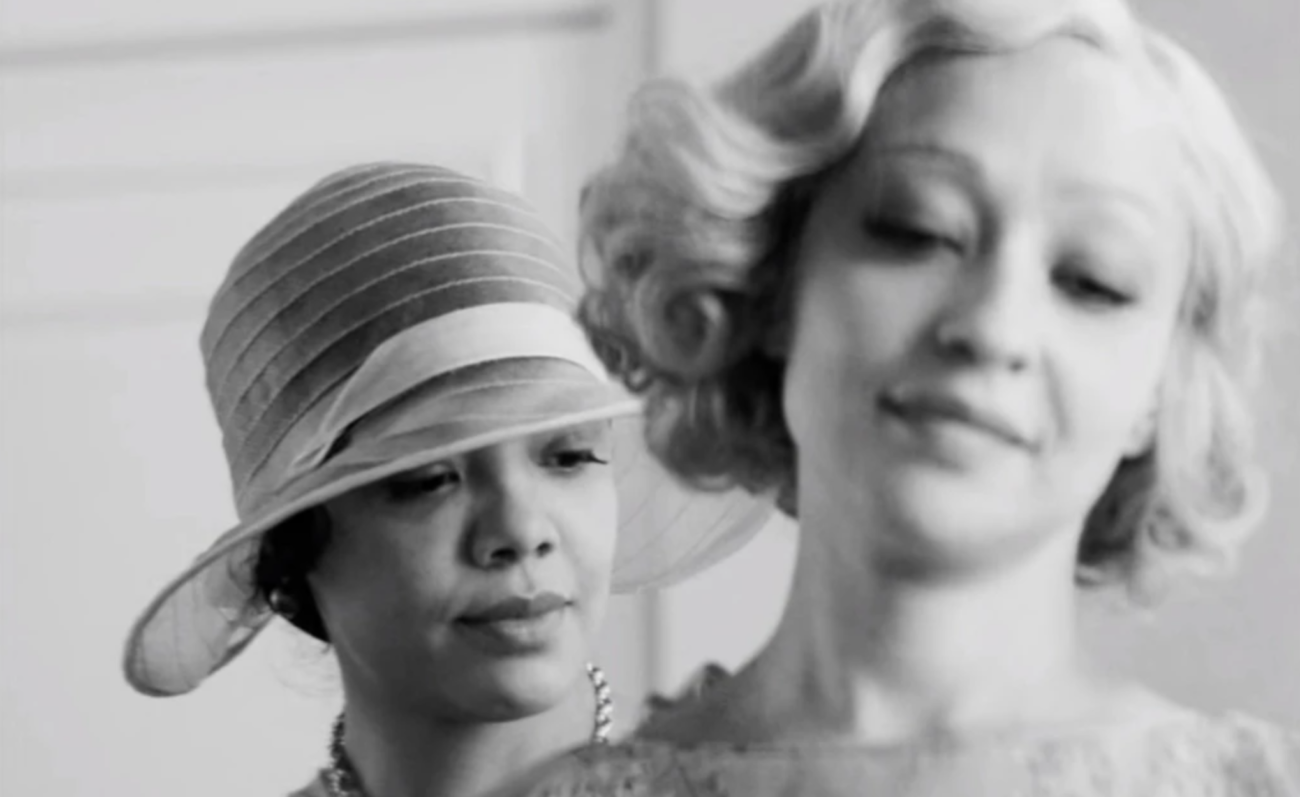Sovereign Joy: Afro-Mexican Kings and Queens, 1539-1640Posted in Anthropology, Books, Caribbean/Latin America, History, Literary/Artistic Criticism, Media Archive, Mexico, Monographs, Religion on 2022-08-25 01:01Z by Steven |
Sovereign Joy: Afro-Mexican Kings and Queens, 1539-1640
Cambridge University Press
June 2022
Hardback ISBN: 9781316514382
eBook ISBN: 9781009086905
Miguel A. Valerio, Assistant Professor of Spanish
Washington University, St Louis, Missouri
Sovereign Joy explores the performance of festive black kings and queens among Afro-Mexicans between 1539 and 1640. This fascinating study illustrates how the first African and Afro-creole people in colonial Mexico transformed their ancestral culture into a shared identity among Afro-Mexicans, with particular focus on how public festival participation expressed their culture and subjectivities, as well as redefined their colonial condition and social standing. By analyzing this hitherto understudied aspect of Afro-Mexican Catholic confraternities in both literary texts and visual culture, Miguel A. Valerio teases out the deeply ambivalent and contradictory meanings behind these public processions and festivities that often re-inscribed structures of race and hierarchy. Were they markers of Catholic subjecthood, and what sort of corporate structures did they create to project standing and respectability? Sovereign Joy examines many of these possibilities, and in the process highlights the central place occupied by Africans and their descendants in colonial culture. Through performance, Afro-Mexicans affirmed their being: the sovereignty of joy, and the joy of sovereignty.
Table of Contents
- List of Figures
- List of Tables
- Preface
- Acknowledgments
- Abbreviations
- Introduction: Sovereign Joy
- 1. ‘With their king and queen’: Early Colonial Mexico, the Origins of Festive Black Kings and Queens, and the Birth of the Black Atlantic
- 2. ‘Rebel Black Kings (and Queens)’?: Race, Colonial Psychosis, and Afro-Mexican Kings and Queens
- 3. ‘Savage Kings’ and Baroque Festival Culture: Afro-Mexicans in the Celebration of the Beatification of Ignatius of Loyola
- 4. ‘Black and Beautiful’: Afro-Mexican Women Performing Creole Identity
- Conclusion: Where did the black court go?
- Appendix
- Bibliography
- Index







